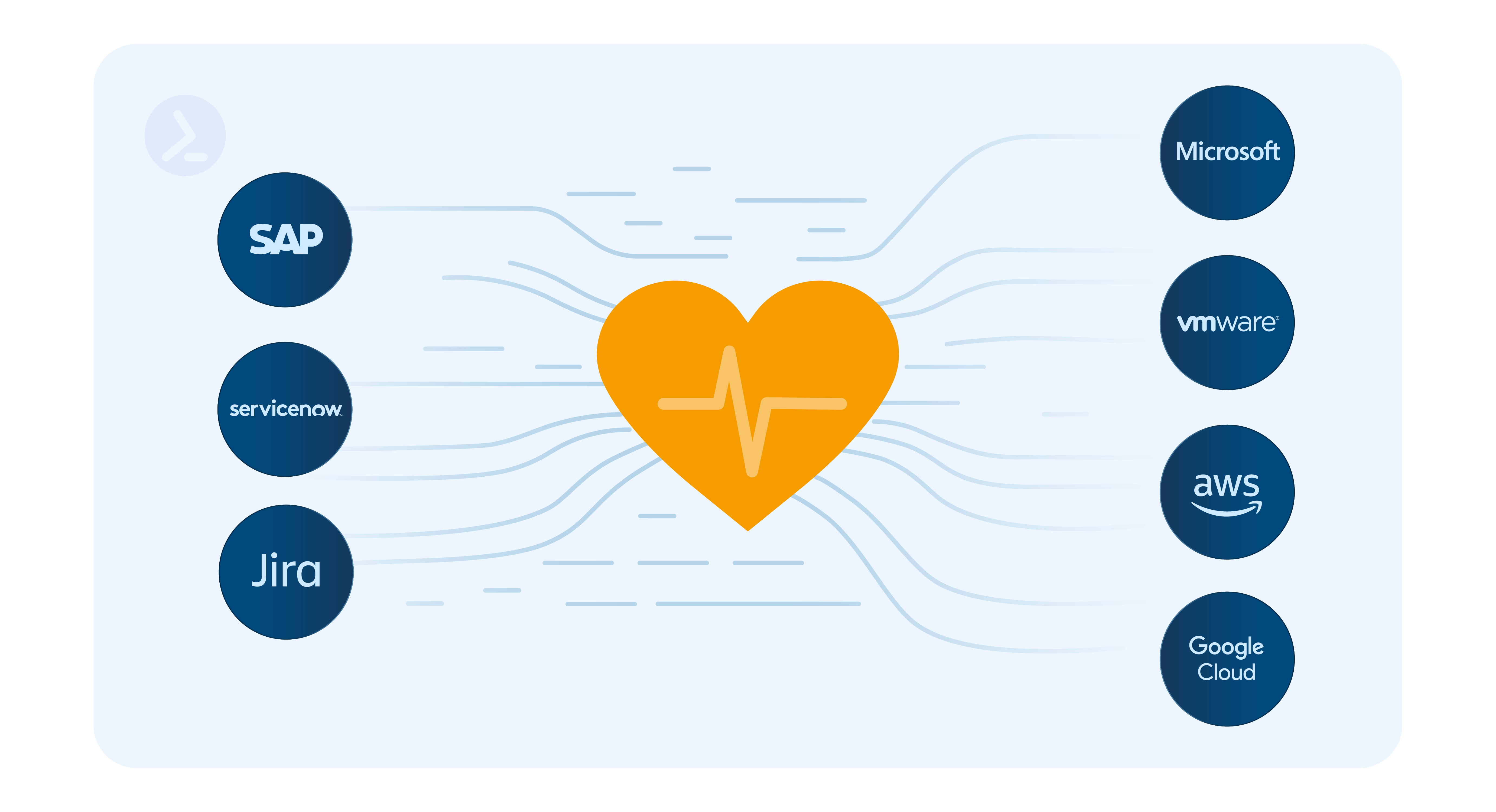Enterprise IT teams face an automation paradox. PowerShell scripts boost efficiency, yet uncontrolled execution creates compliance nightmares. When scripts run without oversight, even routine tasks can introduce risk.
Regulated environments face severe consequences when undocumented changes trigger audit issues or policy violations. For automation to improve reliability, every action must be traced back to a responsible person with documented approval.
ScriptRunner 7.2 tackles these governance challenges by embedding control mechanisms directly into automation workflows. The platform features include approval logic, change tracking, and role-based delegation, enabling teams to automate securely and at scale without compromising visibility or oversight.
This article examines the independent validation of ScriptRunner 7.2's governance capabilities through expert analysis, highlighting how enterprises can implement structured automation without sacrificing control or compliance.
In a recent technical review for 4sysops, a leading online community trusted by system engineers worldwide, virtualization expert Brandon Lee evaluated these capabilities and confirmed that ScriptRunner 7.2 meets the operational requirements of modern enterprises.
The review highlights four critical focus areas: approval workflows, structured audit trails, enterprise-ready delegation, and integration with role separation.
Brandon Lee's independent review confirms that these capabilities transform how enterprises control PowerShell automation at scale.
1. Approval Workflows as Structural Governance
In many organizations, scripts are executed as one-off solutions triggered by individuals, often lacking formal oversight. This ad hoc approach exposes enterprises to operational risk: critical changes can happen outside of policy, with no record of who approved what or why.
Approval workflows formalize decision-making across enterprise environments. Organizations define who must approve tasks, under what conditions, and for which scopes or systems. Once authorized, the task executes automatically, with full accountability embedded.

The recent 4sysops review emphasized this point clearly:
"With approval workflows, organizations can add an extra layer of governance to their automated tasks, which is often a requirement in enterprise environments."
Organizations gain structural mechanisms that ensure automated actions support operational goals and compliance mandates.
2. Change Tracking for Audit-Ready Automation
Executing a script is one action. Proving that it was authorized, appropriate, and policy-compliant is another key aspect. This distinction is especially critical in enterprise environments that operate under regulatory scrutiny. Version 7.2 integrates change tracking that connects each automated task to its complete execution context.
Each automated task in ScriptRunner captures more than a simple success or failure. It records who made the request, who approved it, which parameters the user entered when it ran, and what outcome it produced. This level of documentation provides an audit-ready history that supports compliance and helps teams justify decisions when needed.
The 4sysops review noted that this built-in traceability plays a critical role in ScriptRunner's approach to governance. Instead of treating auditability as an afterthought, ScriptRunner includes it in the execution lifecycle.
This level of traceability helps enterprises meet the demands of standards like ISO 27001, SOC 2, or NIS2. It also gives internal stakeholders the visibility needed to monitor change activity, defend decisions, and reduce the risk of undocumented actions.

3. Enterprise-Ready Features & Role Separation
Two requirements must be met for enterprise automation to scale without compromising control: features that support policy enforcement across complex environments and the ability to separate responsibilities between roles. ScriptRunner 7.2 addresses both.
In many organizations, the teams that request actions differ from those who should execute or approve them. Helpdesk operators may initiate a user-related task, but IT security must validate it, and infrastructure teams may ultimately run it. Role-based execution allows a clear definition of responsibilities and authority scopes without requiring custom development or external workflows.
In its independent review, the established tech portal 4sysops identified delegated execution as a defining feature of ScriptRunner's governance model. Instead of relying on custom workflows or external tools, the platform enables teams to assign tasks across departments while retaining central oversight.
As the article outlines, ScriptRunner supports enterprise-scale automation by combining delegation, control, and accountability into a unified system architecture.
Enterprises benefit from this architecture by reducing bottlenecks without increasing risk. Teams operate independently but always within the boundaries of defined policy, ensuring that automation scales in line with organizational governance.

What Enterprises Gain from Structured Automation
Structured automation allows enterprises to align execution with policy, reduce risk, and scale governance across teams and systems.
Enterprise Benefits at a Glance:
Policy-Driven Execution
- Automation enforces internal policy through defined approvals and scopes. Undocumented actions disappear, and shadow IT becomes traceable and accountable.
Delegation with Control
- Routine tasks can be assigned to operational teams while maintaining centralized oversight.
Audit-Ready Transparency
- Every action is logged, approved, and traceable, supporting compliance with ISO 27001, SOC 2, and NIS2.
Scalable Governance
- As your environment grows, a structured automation model ensures that policy enforcement and team responsibility scale in step.
Reduced Risk Exposure
- Predefined approvals and consistent workflows limit unauthorized changes and close visibility gaps. Teams operate within guardrails that support control, reduce manual oversight, and lower compliance risks.
Built-In Governance. Real-World Confidence.
Successful automation requires alignment with organizational decision-making, approval processes, and documentation standards. ScriptRunner 7.2 demonstrates that automation at scale doesn't require sacrificing control. It requires embedding control at the core of every process.
With features like approval workflows, role-based delegation, and audit-ready change tracking, enterprises can automate more while staying accountable.
The independent review by 4sysops highlights that these capabilities go beyond functionality. They address the operational realities of modern IT governance and provide the foundation enterprises need to build future-ready IT.
Want to test these capabilities yourself? Schedule a demo and see governance-ready automation in practice.
Related links
- ScriptRunner ActionPacks will help you automate tasks
- Try out ScriptRunner here
- ScriptRunner: Book a demo with our product experts
.svg)
.svg)

